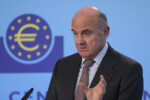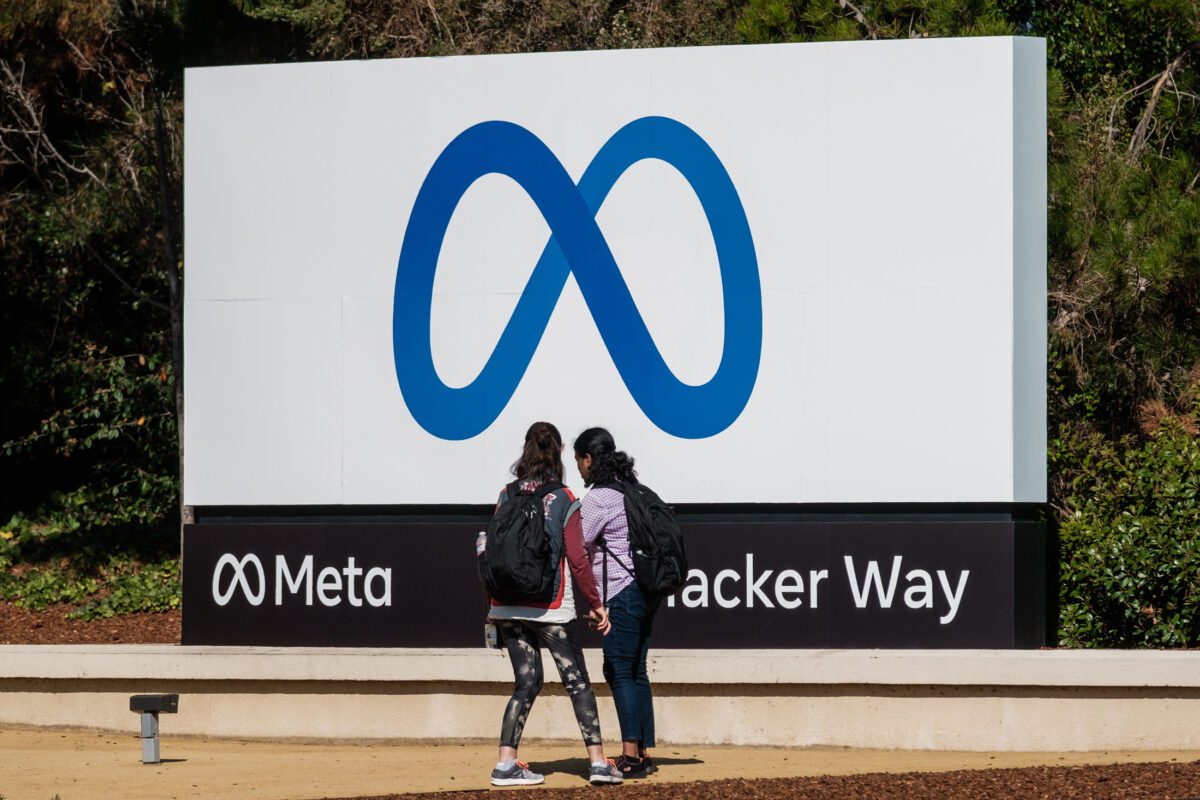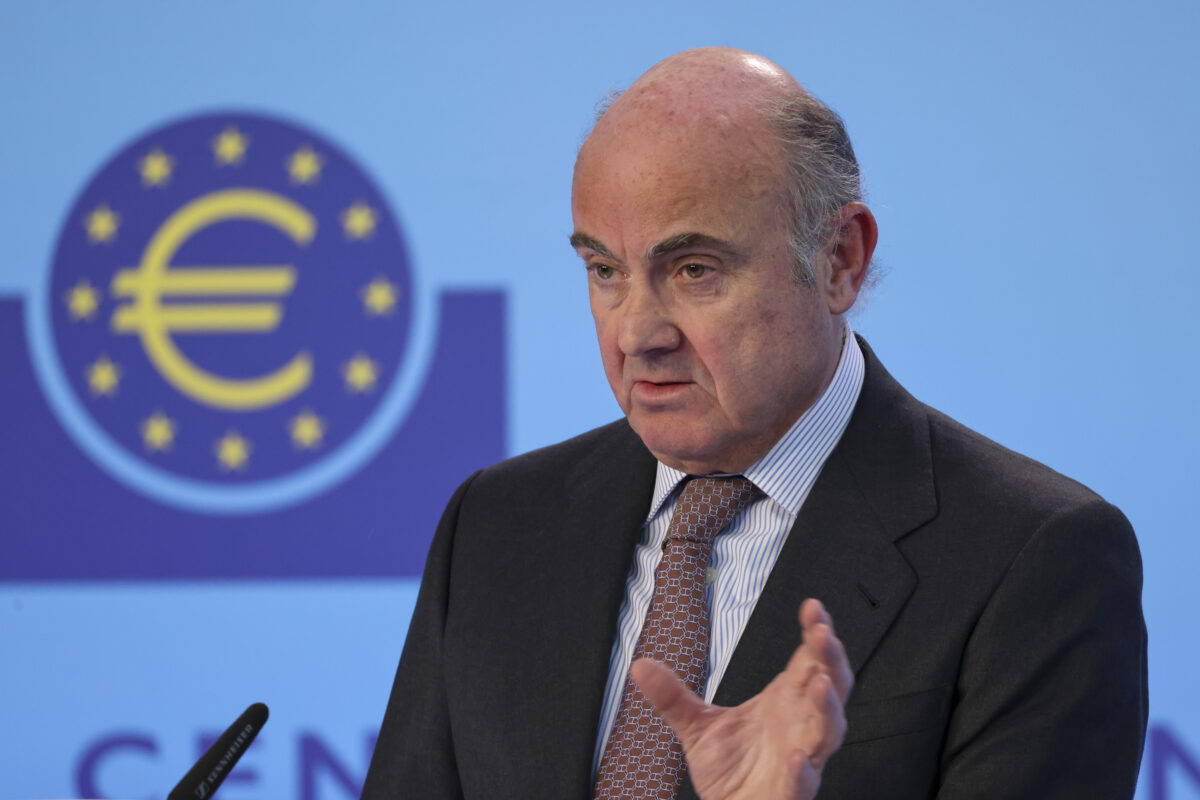FMW-Redaktion
Wie heute verkündet wurde, hat die EU-Kommission Nothilfen für die „Banca Monte dei Paschi di Sienna“ bewilligt. Die kann die italienische Notenbank jetzt unverzüglich in die Monte dei Paschi pumpen. Welche Höhe genau, ist noch unklar, aber es dürfte nicht zu wenig sein. Aber halt, war da nicht noch was? Müssen nicht zuerst die Gläubiger der Bank an den Rettungskosten beteiligt werden? Nein, denn bei diesem Notkredit, der nun quasi unbegrenzt über die italienische Notenbank ausgezahlt werden kann, handelt es sich um das selbe Instrument, dass de facto die letzten beiden Jahre auch die griechischen Banken fortlaufend am Leben gehalten hat.

Der Sitz der Banca Monte dei Paschi. Foto: Tango7174 / Wikipedia (GFDL)
Es handelt sich um die sogenannte „Emergency Liquidity Assistance“ (ELA). Es geht hierbei nicht um die zuletzt oft besprochene Aufstockung des Eigenkapitals der Bank, bei der wiederum zunächst Gläubiger teilweise auf ihre Forderungen verzichten müssten. Nein, ELA hat nichts mit dem Eigenkapital der Bank zu tun. Hierbei geht es lediglich darum per Definition der EZB „eigentlich gesunde Banken“ kurzfristig mit Liquidität zu versorgen, also ein Notkredit, der (irgendwann eines Tages…) wieder zurück zur Notenbank fließen muss.
Das Problem entsteht folgendermaßen: Normalerweise versuchen Banken größtenteils ein Gleichgewicht herzustellen zwischen verwalteten Bankeinlagen von Sparern, die man dann zu allergrößten Teilen als Kredit an Firmen und Konsumenten wieder herausreicht. Nur ein kleiner Teil bleibt übrig für die Liquidität, wenn mal mehr Kunden Cash abheben, als dass andere Cash einzahlen. Nun passiert aber der Supergau für jede Bank. In Griechenland stürmten die Bankkunden quasi monatelang die Geldautomaten aus Sorge vor einer Bankpleite. Die herausgereichten Kredite kann man ja nicht mal eben so schnell zurückfordern, um das Cash in die Automaten zu stecken.
Da das geforderte Auszahlungsvolumen nicht mehr zu stemmen war, haben EZB und Notenbank in Griechenland eben die Lücke geschlossen. In der Spitze der Krise hatten griechische Banken bis zu 100 Milliarden Euro an ELA-Krediten bei der griechischen Notenbank/EZB offen. Man kann den ELA auch besser als eine Art Dispo der Notenbank für die Geschäftsbanken ansehen. Und eben auf diesen ELA darf die Monte dei Paschi jetzt auch zugreifen. Theoretisch könnte diese Summe unbegrenzt sein, wenn die Bankkunden ebenfalls die Automaten stürmen. Und offiziell muss die Bank, die diese ELA´s beansprucht, ja kerngesund sein.
Und ach Gott, da haben EZB, Banca d´Italia und EU-Kommission direkt vor Silvester mal alle fünfe grade sein lassen. Ja, die Monte dei Paschi ist natürlich eine grundsolide Bank!?? Die letztliche Kapitalaufstockung der Bank, bei der die Gläubiger mit bluten müssen, ist noch nicht letztendlich geklärt, auch wenn die Regierung in Rom schon mal ein Volumen von 20 Milliarden Euro bereitgestellt hat. Das kann noch lustig werden. Im Augenblick scheint noch nicht ganz klar zu sein, wie viel neues Eigenkapital denn nötig ist. Italiens neuer Ministerpräsident Paolo Gentiloni sagte gestern dazu er sei sehr überrascht, dass die EZB mit einer Summe von 8,8 Milliarden Euro rechne. Denn in Italien (Regierung, Notenbank, Öffentlichkeit) dachte man da bisher eher an Summen von 5 bis 6,6 Milliarden Euro. Die italienische Notenbank hat sich heute beeilt mit einer Mitteilung klarzustellen, dass beide Sichtweisen, die aus Italien und die aus Frankfurt, richtig seien. Es gehe, um es mal sinngemäß wiederzugeben, nur um die Art und Weise der Betrachtung, wie so eine Kapitalaufstockung durchgeführt wird. Wenn Sie sich ins Detail einlesen wollen, hier der Originaltext der Notenbank aus Rom.
–
–
The difference between the amount of the capital injection for Banca Monte dei Paschi di Siena calculated on the basis of the ‘market solution’ (€5 billion) and the amount required in the case of a ‘precautionary recapitalization’ by the Italian state (€8.8 billion) depends on the different hypotheses and objectives of the two measures, which also imply different methods of calculation and lead to different results.
The ‘market solution’ was directed at private investors and aimed to drastically reduce the bank’s credit risk, thereby guaranteeing its stability in the face of the negative result of the stress test published in July 2016 by the European Banking Authority (EBA). This solution envisaged the sale of all bad loans and an increase in the level of coverage of loans that were ‘unlikely to pay’. The cost of these operations was calculated at €5 billion, of which about €3 billion to cover the losses deriving from the sale of the bad loans and €2 billion to increase the coverage ratio of the unlikely-to-pay loans.
The ‘precautionary recapitalization’ is a measure provided under European legislation (the Bank Recovery and Resolution Directive – BRRD) in exceptional circumstances, to remedy a serious disturbance to the economy of a Member State and preserve financial stability. In these cases, in order to strengthen the capital of a bank, extraordinary State aid of a precautionary and temporary nature is permitted as long as the bank is solvent and the intervention is compliant with the rules on State aid. These rules mean that a State can only intervene after the subordinated bonds have been converted into equity (the burden sharing principle). If the subordinated bonds were sold to retail customers without complying with the relevant transparency rules, the impact of the burden sharing principle may be mitigated.
The amount of ‘precautionary’ capital that a bank can request from the State is the amount necessary to cover the capital shortfall deriving from the adverse scenario of a stress test. In the case of Banca Monte dei Paschi di Siena the requirement has been assessed by the ECB at €8.8 billion in reference to the stress test published by the EBA.
This amount was determined given the outcome of the stress test under the adverse scenario (for Banca Monte dei Paschi di Siena, its fully loaded common equity tier one (CET1) ratio was -2.44 per cent) and by calculating the amount necessary to bring the CET1 ratio to 8 per cent and the total capital ratio (TCR) to 11.5 per cent, as decided in a special meeting of the ECB’s Supervisory Board.
In particular, the requested amount of €8.8 billion was determined by taking into account the following two requirements (see the Figure ‘Use of resources’):
€6.3 billion are needed to realign the CET1 ratio to the 8 per cent threshold (taking into account the initial lowering and the subsequent partial reconstitution of the exemption threshold for the deduction of negative capital components); of these €6.3 billion, about €4.2 billion would be covered by the burden sharing on subordinated bonds and about €2.1 billion would be provided by the Italian state;
an additional €2.5 billion are needed to reach the total capital ratio (TCR) threshold of 11.5 per cent to compensate for the elimination, as a result of the burden sharing, of the subordinated bonds (lower-quality capital instruments) previously included in total capital.
Pending subsequent and more precise verification, the immediate cost to the State would therefore amount to about €4.6 billion (€2.1 billion to cover the first requirement and €2.5 billion to satisfy the second); to this must be added the subsequent compensation of retail subscribers (about €2 billion, to be verified on the basis of the status of the subscribers and their actual willingness to adhere to the State compensation scheme), for a total of about €6.6 billion. The cost to entities other than the Italian state will be about €2.2 billion. Accordingly, the total cost amounts to €8.8 billion.
Kommentare lesen und schreiben, hier klicken












